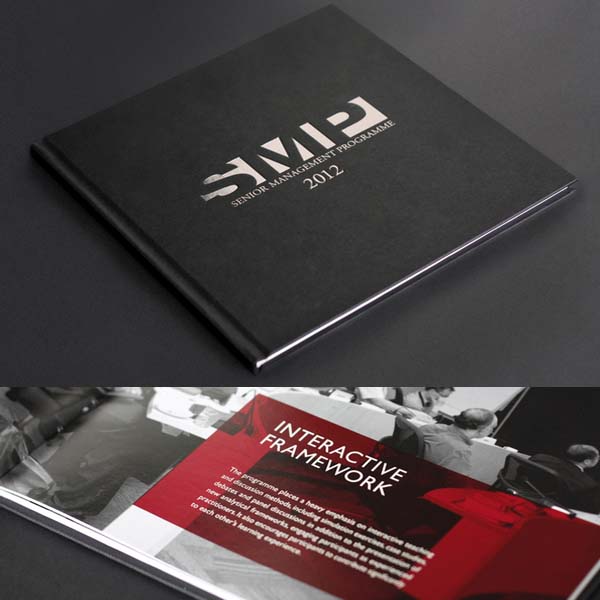Introduction to Custom Booklets
Standing out in today’s fast-paced digital world can feel like a Herculean task. Enter custom booklets, a fresh and tangible way to communicate with your audience. They are not just information carriers but brand personality and engagement vehicles.
More businesses are discovering how booklets can serve as practical marketing tools. They offer a tactile experience that digital formats can’t quite replicate. Custom booklets can be sleek, visually appealing, and rich in content, making them a preferred choice for businesses seeking to create lasting impressions.
Understanding Your Audience and Purpose
A targeted and well-crafted booklet starts with understanding your audience. Knowing who your readers are transforms your content from generic to personalized. Your audience’s preferences, interests, and needs should dictate your booklet’s content, design, and tone. Whether you aim to get custom made booklets printed to showcase a new product line, educate customers, or share an inspiring story, booklets offer unique advantages.
The purpose of your booklet guides its structure. An educational pamphlet for schools might focus on clarity and informative content, while a marketing booklet may lean more heavily on engaging visuals and brand storytelling. Tailoring the booklet ensures relevance and resonance, which are key to its success. This tailored approach extends its utility, making it not just a passive material but an interactive artifact that sparks conversations and actions among the audience it meets.
Design Tips for Engaging Booklets
Design is the first thing your audience will notice, so make it count. A visually stunning booklet can captivate even at a glance. Utilize colors that align with your brand, but consider what emotions and associations they may invoke. Choose fonts that are not only aesthetically pleasing but legible and on-brand.
The strategic use of images and infographics can break up text and explain concepts at a glance, making them appealing, especially to visual learners. The layout should be well-organized – think of chapters with headers and subheaders to guide your reader smoothly through the content. Don’t forget the cover; it’s the invitation to delve deeper into your story. Additionally, using negative space judiciously can enhance readability and draw attention to key elements without overwhelming the reader.
Content Strategies
Once the design catches the eye, the content must keep your audience engaged. Start strong with a compelling introductory section that promises value and piques curiosity. Each section should naturally flow from the last, maintaining a coherent narrative or message.
Balance is crucial—heavy blocks of text can deter readers, while sparing text might not convey enough information. Pair critical insights with illustrative visuals. Content should not only inform but engage, perhaps telling a story, sparking thoughts, or prompting action. Utilizing powerful storytelling techniques can embed your message more firmly in the readers’ minds, leaving a lasting impact beyond the words themselves.
Choosing the Right Printing Options
Your booklet’s print quality is as important as its content and design. Paper variety, from glossy to matte, and the binding you choose—whether saddle-stitching for flexibility or perfect binding for sophistication—will impact your message’s appearance and message.
Consider how these factors align with your branding and audience expectations. A well-printed booklet suggests attention to detail and professionalism, which consumers highly value. Your print choices become silent endorsements of your brand’s commitment to quality. These decisions reflect not simply an investment in a product but in your audience’s entire experience with your brand, turning each view of the booklet into a touchpoint that enhances brand loyalty and recognition.
Utilizing Technology in Booklet Creation
Technology equips even the most minor teams with the tools to create booklet masterpieces. Design software, from beginner-friendly apps to professional-grade programs, can streamline the process significantly. It offers templates and advanced customization options, making achieving a professional look more accessible.
The latest design software trends provide ever-evolving options for creativity and productivity. As user experiences become more seamless, businesses can invest time saved back into refining their content and strategy. Integrating AI and machine learning in design tools opens new avenues for personalized and optimized layouts catering to specific audience segments.
Sustainable Printing Practices
Incorporating sustainable printing alternatives is increasingly vital. Conscious consumers prefer businesses prioritizing eco-friendliness, making sustainability a compelling selling point. Companies that use recycled materials and eco-friendly inks reduce their carbon footprint and build stronger customer relationships through shared values.
Embrace sustainability as part of your brand ethos. It’s not just about being ‘green’; it’s about future-proofing your business in a socially responsible manner, aligning with an audience who care about their environmental impact. Sustainability now interfaces with modern business ethics, forcing companies to tell transparent stories about their products’ lifecycles and enhance their legitimacy in a world increasingly driven by ethical consumerism.
Case Studies and Real-Life Examples
Businesses across industries are successfully leveraging custom booklets for communication and marketing. For example, a boutique travel company might use lavishly illustrated booklets to entice potential clients with the promise of exotic adventures, with testimonials and destination spotlights.
Educational institutions, meanwhile, have found success in distributing booklets that complement classroom learning, effectively bridging gaps between complex subjects through engaging layouts and simplified language. These current trends in print media showcase how versatile and impactful booklets can be when developed thoughtfully. Leveraging testimonials and real student success stories in these booklets could further link educational objectives with personal achievements, enhancing their desirability.
Conclusion: Making the Most of Your Booklet
Creating a compelling custom booklet involves a delicate balance of art and strategy. Each element must align perfectly with your goals and audience from design to print. Innovation in presentation and content deliverables can maximize engagement and deliver messages that resonate long after readers have set the booklet aside.
Incorporating feedback and staying current with trends ensures your booklets remain relevant and practical. With attention to quality, creativity, and sustainability, your booklets can shine as versatile and powerful tools in your communication arsenal. By understanding the intersection between customer needs and printing capabilities, your booklets can create that perfect synergy of information and engagement.



